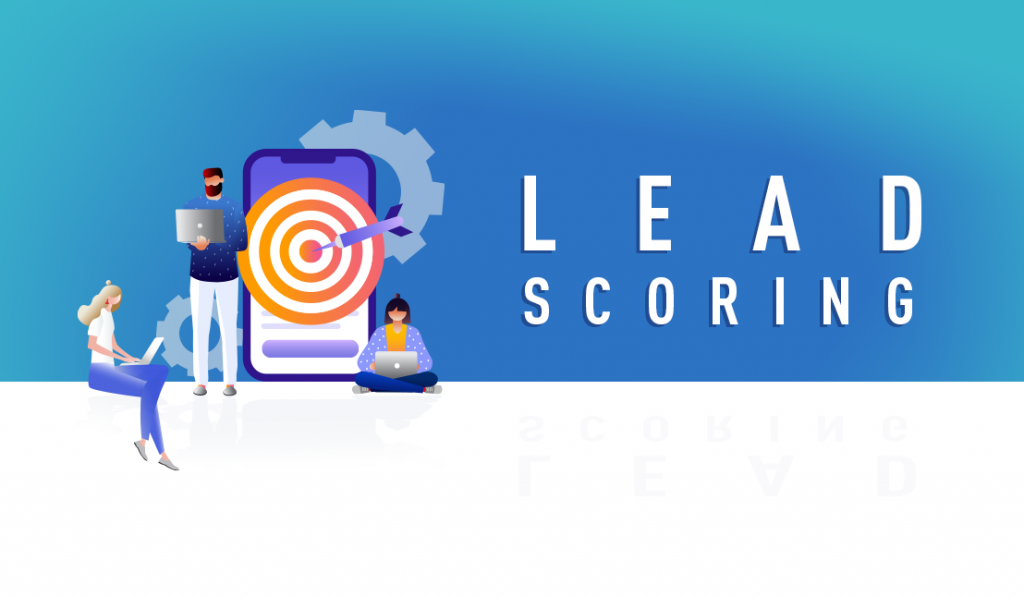 Glossary
Glossary
What is the lead scoring?
Leads and Inbound Marketing
For inbound marketing we need a process in order to comply with the proposed strategy. This will be conducted in different stages, all with the same value and importance.
Today, we will discuss one of them, which, surely, is one of the most powerful and used techniques nowadays in digital marketing. Let’s discuss lead scoring.

We all know: It is not enough to add users to our database. If they sign up and share their information they show interest, yes, but it does not necessarily translate into a purchase or definitive conversion.
Contrary to popular belief, receiving many leads does not equal to secure sales. This is just an initial part of the process.
Just in case there are doubts: a lead is the contact our brand has with a customer we qualify as potential. It is the interest the consumer shows (by offering their contact information through a web form) in the products, services or information offered by a company through their website and online communication channels.
From this, we can ask:
What exactly is the Lead Scoring?
Well, this term defines an automated marketing technique, highly used in inbound marketing which allows us to assess the score status of the leads in our database.
We need to know how interested the customer is in our product or service and assess if they will convert into a sale.
This is lead scoring, since once we manage to understand how much they want or need our product, we are able to provide this final push for them to complete the purchase through a proper strategy and message.
We must remember that not all users on our database have the same interest, or want the product for the exact same reasons, then, knowing this, it is necessary to be clear about how to reach each of those leads to convert them into sales. This is the basis for lead scoring.

Types of lead scoring.
Lead scoring is divided into two essential groups:
1. Unidimensional scoring
It allows to classify leads with a score from 0 to 100.
This qualification does not only need to refer to the purchase of a product or service, since it can also be useful to measure the lead predisposition to reach a concrete objective, sing up in a database, etc.
There are two typologies within unidimensional lead scoring.
- Retrospective scoring: Each action taken by the user is given a score, which we will use to measure each user in the company’s database.
- Predictive scoring: It integrates an analysis of the behaviour of each lead in order to obtain an index that provides information on the probability that this person meets the objective determined.
According to some experts, the unidimensional scoring does not always work too well, since there is a higher margin of error when determining leads better prepared for purchasing.
Basically, because while it is true users with a higher score are qualified for purchasing, many with a lower score are also qualified.
The reason for this supposed malfunctioning of unidimensional systems, especially the retrospective scoring, is that, although the score is automatically assigned, parameters are personal and subjective.
For example: Points are deducted from a user who has not opened an email from the company in months; but, if the user is a marketing director, he or she is awarded some points.
This can create inconsistencies in the score obtained, since there is no guarantee that the criteria used are actually appropriate.
2. Multidimensional scoring
Multidimensional lead scoring is a more advanced scoring type where a series of dimensions are parameterized, which is the variable typology used when qualifying leads in a database.
Some of the most common and important dimensions in lead scoring are:
- Each user’s interaction level with social networks.
- Seasonality, that is, the time a customer has been in possession of a given product. This is highly important in loyalty projects.
- Getting the lead to fit in as much as possible with the buyer persona.
- User’s previous knowledge of our company.
- If a person is or not within the purchase process and at what stage.
In summary:
The lead scoring technique is very practical to catch the attention of users in other points of the sales funnel, for example, those potential customers in a previous purchase moment and that require more information and advantages to make the decision to buy.
Finally, we can conclude that the lead scoring is a further step to strengthen any sales strategy for our brand. It should also be clear that it must be complemented with lead nurturing. With both, it is possible to strengthen inbound marketing for the brand because they will allow us to qualify the lead and to know at which purchase stage it is in, and thus, reach the user in a precise manner to convert it into a sale.


